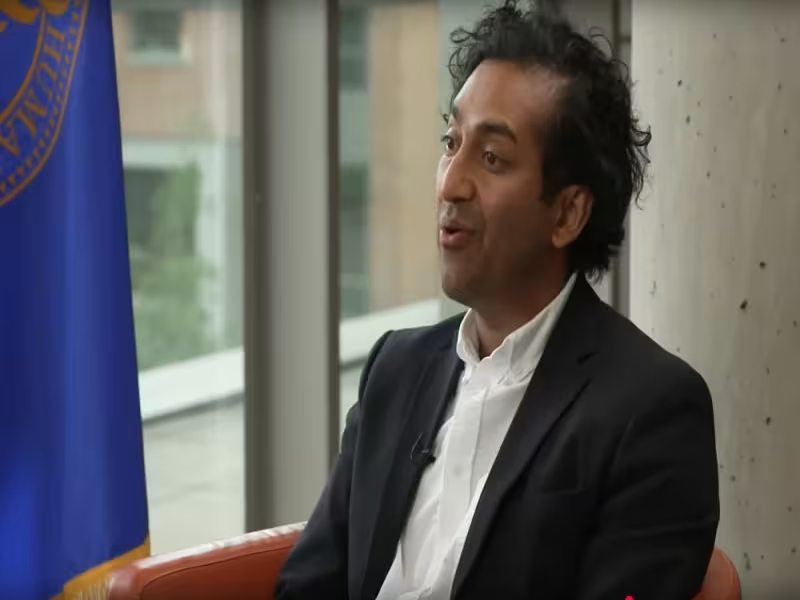
SHERIDAN, WYOMING – August 10, 2025 – In a rapid reversal, Dr. Vinay Prasad has resumed leadership of the U.S. Food and Drug Administration’s (FDA) Center for Biologics Evaluation and Research (CBER) less than two weeks after stepping down. The reinstatement, confirmed by the Department of Health and Human Services (HHS), ends speculation over the agency’s direction during a critical period for advanced biologics oversight.
FDA Leadership Transition Reverses Course
Prasad’s reinstatement follows his abrupt July 29 resignation, which had raised questions within regulatory, biotech, and patient advocacy circles. HHS spokesperson Andrew Nixon confirmed to STAT News that “At the FDA’s request, Dr. Vinay Prasad is resuming leadership of the Center for Biologics Evaluation and Research,” signaling a renewed alignment between CBER and the agency’s strategic objectives.
Policy and Industry Implications for Biologics Development
CBER plays a pivotal role in regulating gene therapies, cell-based treatments, and vaccines — sectors experiencing rapid innovation and heightened scrutiny. Leadership continuity is critical for:
- Regulatory consistency in evaluating novel therapies.
- Stakeholder confidence among biotech developers and investors.
- Timely decision-making on clinical holds, manufacturing compliance, and safety oversight.
Steven Grossman, policy and regulatory consultant and author of FDA Matters, noted, “It takes time for an outside critic to turn into an inside decisionmaker. So, I am guardedly optimistic that he is returning chastened by the realization that neither the CBER director nor the FDA commissioner can make decisions in a vacuum. Lives are at stake. There are multiple stakeholders, notably patients and companies, as well as the President and Congress. They are all paying attention.”
Backdrop of Industry Tensions and Safety Challenges
Prasad’s initial departure coincided with high-profile safety concerns in the gene therapy sector. Sarepta Therapeutics faced FDA-mandated shipment halts for its Duchenne muscular dystrophy gene therapy, Elevidys, after multiple patient deaths, alongside the suspension of another AAV-based trial. These events underscored the complexity of balancing accelerated innovation with patient safety — a central responsibility of CBER leadership.
Navigating Political and Public Pressure
The leadership shift also came amid political criticism, with some conservative commentators alleging ideological bias in FDA decision-making. HHS initially stated Prasad wished to avoid distracting from FDA operations, but later emphasized that “Neither the White House nor HHS will allow the fake news media to distract from the critical work the FDA is carrying out under the Trump administration.”
Strategic Outlook for Stakeholders
For biotech companies, patient advocacy groups, and healthcare providers, Prasad’s return offers a measure of regulatory predictability at a time when clinical trial oversight and product approvals face heightened public and political scrutiny. Whether he will also resume his June-appointed role as FDA’s chief medical and scientific officer remains unclear, but stability in CBER leadership is expected to support:
- Faster review cycles for critical biologics.
- Clearer regulatory guidance for emerging therapies.
- Stronger industry-agency collaboration on safety and efficacy standards.
As the biologics market continues to expand, maintaining cohesive leadership at CBER will be essential to guiding innovation while upholding public trust in FDA regulatory processes.
For more information please go to www.fda.gov.